ITRC: Pump & Treat Optimization Training
Live Webinar: Thursday, September 4, 2025, 1:00PM-3:00PM EDT (17:00-19:00 GMT)
Sponsored by: Interstate Technology and Regulatory Council
ITRC's Pump & Treat (P&T) Optimization training aims to summarize existing information and best practices while also developing a systemic and adaptive optimization framework specifically for P&T well-network design and management.
P&T systems have been one of the most commonly used methods for hydraulic containment and treatment of contaminated groundwater at sites with large groundwater plumes. This method cleans up groundwater contaminated with dissolved chemicals by pumping groundwater from wells to an above-ground treatment system that removes the contaminants. Optimization of P&T remedies is important for maintaining contaminant removal effectiveness throughout the operation lifetime and managing the system toward an exit strategy. A strategy for routine optimization of P&T remedies is key for maintaining the contaminant removal efficiency of these systems.
The primary audience for this training is environmental project decision-makers, which may include federal, state, tribal, and various local agency employees; contractors to these agencies; and potentially liable parties and their engineers and consultants as well as involved stakeholders. Generally, those involved in designing, building and operating, and optimizing pump & treat systems would benefit.
The goal of the training is to provide a roadmap for optimizing a P&T system and refining the remedial strategy or shifting toward another remedial approach. Pump & Treat optimization should be systematic and data-based, and the training and document aim to provide tools and direction to assist in this rigorous process.
Key Takeaways
- Understanding the P&T project lifecycle: evaluation, optimization, and transition, as well as considerations for sustainability, resiliency, and regulatory and stakeholder entities.
- P&T optimization should incorporate adaptive site management.
- P&T systems are influenced by a diverse collection of outside factors, which should be considered throughout the entire optimization process.
- Transition and termination should both be considered during the optimization process.
- Remedial objectives dictate evaluation and optimization efforts for P&T systems..
Prior to attending the training class, participants are encouraged to view the associated ITRC Pump & Treat guidance document
.
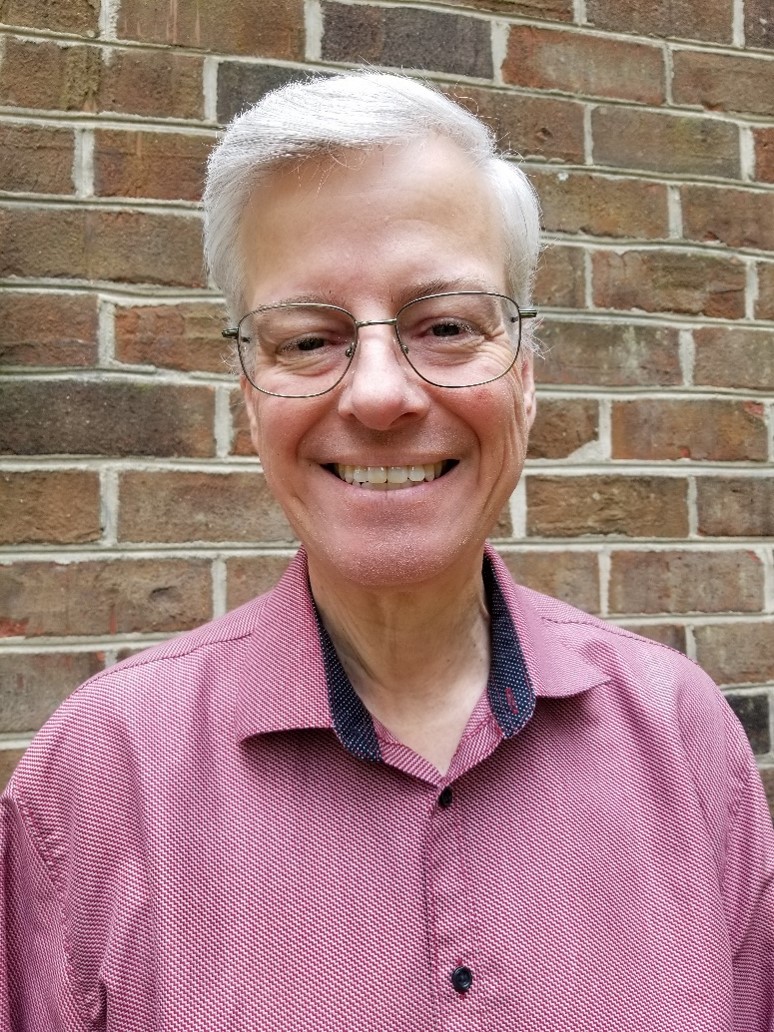 Michael Sexton, P.E., Virginia Department of Environmental Quality (michael.sexton@deq.virginia.gov)
Michael Sexton, P.E., Virginia Department of Environmental Quality (michael.sexton@deq.virginia.gov)
Michael Sexton is a licensed professional engineer currently working as groundwater remediation specialist for the Virginia Department of Environmental Quality's solid waste program. He has worked at the DEQ since 1993. During this time, he has worked with numerous petroleum, chlorinated solvents, and metals remediation projects using groundwater extraction and treatment systems. He has been a member of the Interstate Technology & Regulatory Council (ITRC) since 2014 and served as Co-Chair for the ITRC's Performance-Based Optimization of Pump and Treat Systems Team.
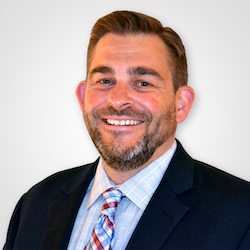 Dr. Lucas Hellerich, Woodard & Curran (LHellerich@woodardcurran.com)
Dr. Lucas Hellerich, Woodard & Curran (LHellerich@woodardcurran.com)
Dr. Hellerich is a Practice Leader of Remediation at Woodard & Curran, Inc. He has degrees in civil and environmental engineering. He has over 22 years of remediation and environmental engineering experience in remedy implementation and optimization, contaminated site assessment, exit strategy development, peer review, liability valuation, professional engineering services, and regulatory support. He develops environmental investigation, remediation design, remediation construction, operations and maintenance, and optimization approaches, specializing in in-situ remediation technologies (bioremediation, chemical reduction, chemical oxidation, thermal remediation), physical technologies (GWPT, SVE, SSD, NAPL recovery), and monitored natural attenuation for soil and groundwater remediation for chlorinated solvents, metals, PFAS, and other chemicals of concern. He is a licensed professional engineer in several states and a members of several professional organizations.
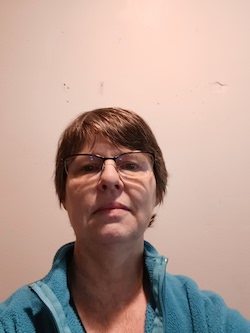 Patricia (Pat) Locklin, Maine Department of Environmental Protection (patricia.a.locklin@maine.gov)
Patricia (Pat) Locklin, Maine Department of Environmental Protection (patricia.a.locklin@maine.gov)
Pat Locklin is an Environmental Engineer at the Maine Department of Environmental Protection (DEP) in Augusta, Maine. Patricia has worked in petroleum remediation in the Technical Services Division of the Bureau of Remediation and Waste Management since 2001, as well as from 1994 to 1997. She oversees and performs remedial actions at a variety of petroleum spill sites from former or current gasoline stations to private residences whose drinking water well or indoor air quality has been impacted by the spill. Pat received a Master’s Degree in Environmental Engineering from the University of Maine in 2007 and a Bachelor’s Degree in Chemical Engineering from the University of Lowell in 1984. She became a Registered Professional Environmental Engineer in the State of Maine in 1997.
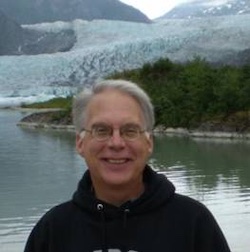 Dave Becker, USACE (dave.j.becker@usace.army.mil)
Dave Becker, USACE (dave.j.becker@usace.army.mil)
Dave Becker has 40 years of experience working as a geologist on the characterization and remediation of hazardous and radioactive waste sites with a longstanding focus on remediation optimization. He has been with the EM CX since 1991, though he now works part-time after partially retiring at the end of 2021. He has been active on many optimization-related ITRC teams since 2003. Dave has a B.S. in Interdisciplinary Studies in Geology from the University of Nebraska at Omaha and an M.S. in Geophysics from Southern Methodist University and is an adjunct professor of geology at the University of Nebraska-Omaha where he teaches Environmental Geology, Hydrogeology, Engineering Geology, and Geophysics.
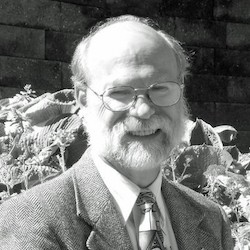 Charles Graff, Michigan EGLE (graffc@michigan.gov)
Charles Graff, Michigan EGLE (graffc@michigan.gov)
Charles Graff started with the State of Michigan in 1985. He is a Senior Geologist with the Superfund Section in the Department of Environment, Great Lakes, and Energy (EGLE) and has over 38 years of experience performing and overseeing the investigation, delineation, and remediation of a variety of contamination sites across Michigan, working exclusively on Superfund sites for over three decades. This involved soil and groundwater sampling including vertical aquifer sampling, soil gas surveys with field gas chromatographs, geophysical surveys, geological and hydrogeological interpretation, work plan and report write ups, review and evaluation, and implementing and evaluating remedial actions. Mr. Graff has developed expertise in field investigative techniques, remediation methodologies with an emphasis on in situ remediation, extraction and monitoring well design and rehabilitation, as well as a variety of drilling methodologies including sonic, hollow-stem auger, and direct-push. Mr. Graff is a graduate of Indiana-Purdue Universities in Ft. Wayne, IN, with a B.A. Degree in Geology, and received an M.S. in Geology from Michigan Technological University, in Houghton, MI.
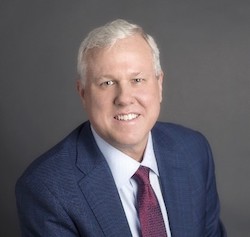 Bruce Kennington, Ramboll (bkennington@ramboll.com)
Bruce Kennington, Ramboll (bkennington@ramboll.com)
Bruce Kennington has over 30 years of experience in engineering, environmental science and management, including design and construction of engineered remedial systems and clean-ups and management of site assessment and remediation projects, with particular emphasis on clean-ups under federal programs including work on over two dozen CERCLA sites. Bruce specializes in the support of clients in the development of exit strategies to bring sites to closure. Prior to embarking on a career as an environmental engineer, he was a qualified naval nuclear engineer and served as a commissioned officer in the US Navy. As a nuclear submarine officer, Bruce’s responsibilities included management of operations and maintenance of a nuclear power plant and submarine safety, auxiliary and life-support systems.
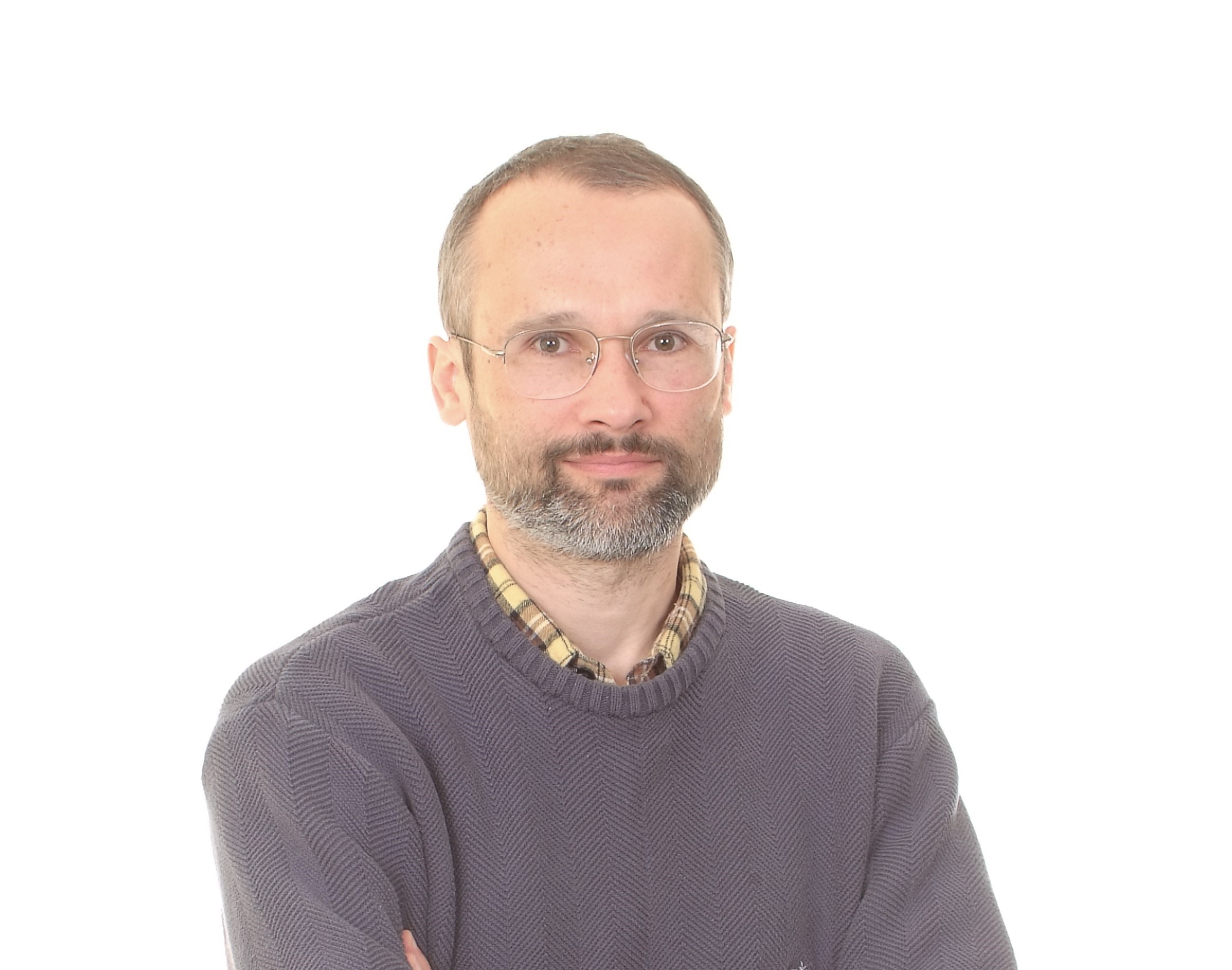 Marek Ostrowski, P.E., Brown & Caldwell (mostrowski@brwncald.com)
Marek Ostrowski, P.E., Brown & Caldwell (mostrowski@brwncald.com)
Marek Ostrowski, PE, is a Senior Principal Environmental Engineer with Brown and Caldwell. He has over 30 years of experience in the environmental consulting industry. Marek has completed numerous projects for private clients, as well as local, state, and federal agencies, involving investigation, design, implementation, and performance evaluation of environmental remedies. His main areas of expertise include remedial investigations and feasibility studies, modeling, landfill and drainage design, dewatering, underground storage tanks remediation, hazardous waste remediation, hydraulic containment, excavation and in-situ solidification/ stabilization, soil vapor extraction, sub-slab depressurization, air sparging, and product recovery. Marek holds bachelor's and master's degrees in Civil Engineering, from the State University of New York at Buffalo.
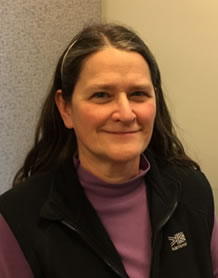 Janet Waldon, Massachusetts Department of Environmental Protection (janet.waldron@state.ma.us)
Janet Waldon, Massachusetts Department of Environmental Protection (janet.waldron@state.ma.us)
Janet Waldron is a Superfund Site Project Manager for the Massachusetts Department of Environmental Protection. Janet has been with the Department over 30 years, most of which has been in the Superfund program. Janet manages DEP contractors' activities at sites for which the Department has assumed responsibility from EPA, including reviewing reports generated by PRP or EPA contractors. She is Co-Chair of the Association of State and Territorial Solid Waste Management Officials (ASTSWMO) Post-Construction Focus group. Janet has made presentations about various remediation efforts at some of the sites she has managed under the Superfund program at Northeast Waste Management Officials' Association (NEWMOA) workshops. Janet earned her bachelor's degree in Geography from Framingham State University in 1982 and a Master's in Energy and Environmental Analysis from Boston University's Center for Energy and Environmental Studies in 1985.
 Trevor King, Woodard & Curran (TCKing@woodardcurran.com)
Trevor King, Woodard & Curran (TCKing@woodardcurran.com)
Trevor King is currently working with Woodard & Curran. He has global experience in the planning, implementing and management of environmental and DNAPL remediation projects. He has extensive experience in the development of characterization and closure strategies for soil and groundwater remediation projects, and implementing cost effective remedial actions. Since 1993, Trevor has planned, implemented, and managed a wide variety of environmental projects in New Jersey, Pennsylvania, Florida and Puerto Rico. His experience includes project management, developing conceptual site models in support of remedy selection, developing remedial objectives and site closure strategies for remediation projects, and regulatory and client interface. Trevor has two pneumatic fracturing technology patents. His current company-wide responsibilities include project management and remedial strategy and technology evaluations at a national as well as the regional level. He earned a bachelor's degree in mechanical engineering from the University of Wolverhampton in 1983 and a master's degree in environmental engineering from New Jersey Institute of Technology in 1993. He is a Professional Engineer in environmental engineering in Delaware.
Moderator:
ITRC Training Program (itrc@itrcweb.org)
- These materials will be available by Thursday, September 4, 2025
Webinar Slides and References:
- These materials will be available by Thursday, September 4, 2025
Additional Resources:
Thank you for participating in our webinar. We would like to receive any feedback you might have that would make this service more valuable.
Help & FAQs
- Frequently Asked Questions
- Content Questions?
Call ITRC Training Program at 202-266-4932 or itrc@itrcweb.org - Technical Problems?
Leave us a comment - Cancel Your Registration
- My Participation Records
- CEU Credits and PDHs
Zoom Resources
Before Webinar Day
This seminar will be delivered through Zoom. Participants are encouraged to update to the latest version of the Zoom application for the best experience.
If you are unable to install the Zoom application, most functions will be available if you join just using a modern web browser such as Chrome, Edge or Firefox. We strongly encourage you to run the Zoom Meeting Test prior to attending this webinar. Technical support on the day of the webinar will be very limited and subject to significant delays.
Backup Conference Call
If you cannot participate using online audio, you may join the optional call in line. After checking in for the live event using the instructions listed below, you will see several options to participate. Please click the links in option 4 to follow along by phone and obtain the call in number. If you cannot access the phone number, you may request the call in line from the event moderator in the Q&A or send an email to Jean Balent at balent.jean@epa.gov
Click on "Join Webinar" at the top of this screen, enter your exact first and last name as you registered and enter the number of people attending at your location (including yourself). You should then be taken to the Zoom meeting room. Join with Zoom Application: For those joining with the Zoom application, you may be prompted to sign with a zoom account or join as a guest without signing in.
If joining as a guest, you will be prompted to enter your name and email address. Remember your name, image, video or voice may be visible to others in the live event. When done, click "Join" When it is time for the live event to start, the meeting host will admit you to the live Zoom meeting. Join via web browser (without the Zoom Application): For those joining with a web browser, you may close any pop ups prompting you to download the Zoom app. The next window will allow you to enter your name (first name and last name) and check the box that you are not a robot. Click the blue join button. You may also be asked to provide your email address before joining the room. Remember your name, image, video or voice may be visible to others in the live event. When done, click "Join" When it is time for the live event to start, the meeting host will admit you to the live Zoom meeting. You may need to periodically refresh the browser window to confirm if the host has admitted you. The presenters will control what slide you are viewing. You may submit questions online for the instructors to answer during the webinar by typing in the "Q&A" area. It is not necessary to wait until the question and answer periods to submit questions. At the end of the webinar you will be guided to our feedback form and links to additional resources, including the complete presentation. These links will remain active after the webinar. Provided for your convenience. Importing or accepting the invitation within this iCalendar file is not required, and declining the invitation does not cancel your registration. For additional information on iCalendar, please see our
iCalendar Help It is EPA's policy to make reasonable accommodation to persons with disabilities wishing to participate in the agency's programs and activities, pursuant to the Rehabilitation Act of 1973, 29 U.S.C. 791. Any request for accommodation should be made to ITRC Training Program at 202-266-4932 or itrc@itrcweb.org, preferably one week or more in advance of the seminar, so that EPA will have sufficient time to process the request. EPA would welcome specific recommendations from requestors specifying the nature or type of accommodation needed. EPA welcomes specific recommendations from requestors specifying the nature or type of accommodation needed. Please note that CLU-IN provides both alternate phone call-in options and closed captioning for all webinars, and requests for these specific accommodations are not necessary.
Webinar Day, Checking In
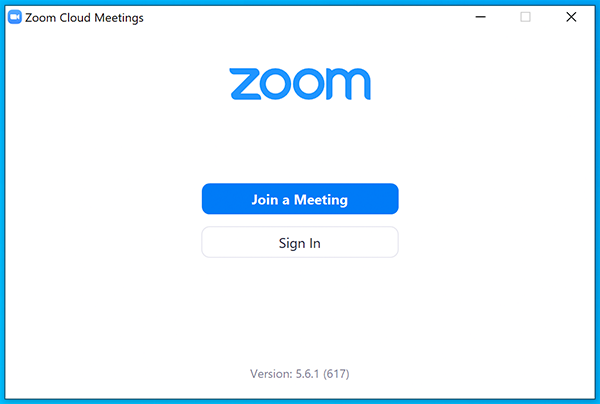
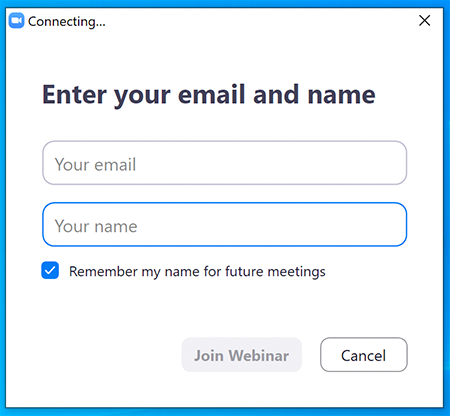
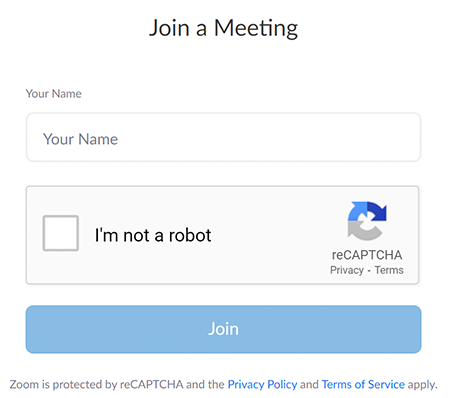
Moving Through Slides
Feedback & Links to Additional Resources
iCalendar File
Rehabilitation Act Notice for Reasonable Accommodation
Rehabilitation Act Notice for Reasonable Accommodation
It is EPA's policy to make reasonable accommodation to persons with disabilities wishing to participate in the agency's programs and activities, pursuant to the Rehabilitation Act of 1973, 29 U.S.C. 791. Any request for accommodation should be made to ITRC Training Program at 202-266-4932 or itrc@itrcweb.org, preferably one week or more in advance of the webinar, so that EPA will have sufficient time to process the request. EPA would welcome specific recommendations from requestors specifying the nature or type of accommodation needed. EPA welcomes specific recommendations from requestors specifying the nature or type of accommodation needed. Please note that CLU-IN provides both alternate phone call-in options and closed captioning for all webinars, and requests for these specific accommodations are not necessary.
Webinar Recording
By participating in this CLU-IN webinar, you automatically agree to authorize recording of audio and visual content presented during this live event and consent to subsequent use of this recording in the public domain by the U.S. Environmental Protection Agency. This recording may include questions, comments and poll responses provided by you during the live event in addition to your name, voice, image or likeness. This recording will be made available after the conclusion of the live event as part of the CLU-IN webinar archives, and will remain available indefinitely. If you do not wish to consent to the recording, please do not join the live event, and contact Jean Balent at 202-566-0832 or balent.jean@epa.gov to discuss your concerns.
Content Disclaimer
This webinar is intended solely to provide information to the public. The views and opinions expressed as part of this webinar do not necessarily state or reflect those of the U.S. Environmental Protection Agency. It is not intended, nor can it be relied upon, to create any rights enforceable by any party in litigation with the United States, or to endorse the use of products or services provided by specific vendors. With respect to this webinar, neither the United States Government nor any of their employees, makes any warranty, express or implied, including the warranties of merchantability and fitness for a particular purpose, or assumes any legal liability or responsibility for the accuracy, completeness, or usefulness of any information, apparatus, product, or process disclosed, or represents that its use would not infringe privately owned rights.

